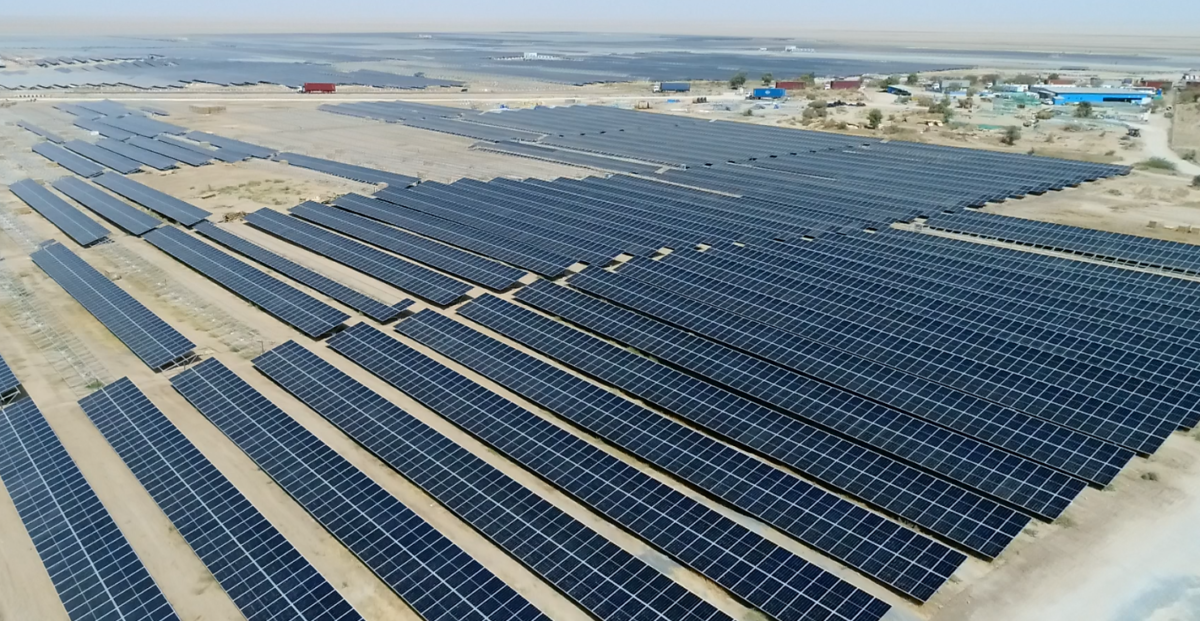India’s renewable energy sector is experiencing a revolution. With solar energy at the forefront, the country is on track to become one of the world’s leading solar power producers.
As of May 2024, India’s renewable energy capacity comprised a mix of sources, with solar energy contributing 52.02% to the total generation. The rapid expansion of solar capacity from 2 GW in 2014 to more than 94 GW in 2024 highlights the nation’s commitment to a sustainable energy future.
However, with this growth comes a pressing need to focus on the operations and maintenance (O&M) of these solar assets to ensure long-term efficiency and performance.
The importance of O&M in India’s solar growth
While the focus has largely been on installing new solar plants, the real challenge now lies in maintaining them. Solar plants, if not properly maintained, can face performance issues such as dust accumulation and equipment failures which can lead to efficiency losses.
With India’s diverse climate conditions, ranging from dry, dusty regions to humid coastal areas, O&M strategies must be tailored to each region’s specific needs. Effective O&M ensures that solar plants continue to operate at peak efficiency, reducing downtime and extending the lifespan of critical infrastructure.
In this context, innovation in O&M practices coupled with solid operational competency is key. Operational competency is essential for maintaining solar plants efficiently and ensuring long-term performance. It addresses challenges like dust accumulation, vegetation management, equipment wear, and regional climate impacts while leveraging advanced technologies like predictive analytics and robotic cleaning. Skilled O&M practices reduce downtime, enhance efficiency, and extend asset life, supporting India’s growing solar capacity.
Technological advancements driving efficiency
The advent of digital technologies has brought a new wave of change to the solar O&M sector. One of the most exciting developments is the use of robotic cleaning systems. In regions where dust accumulation can drastically reduce solar panel efficiency, robotic cleaners are proving to be a game-changer. These systems not only save time but also reduce labor costs and prevent damage to the panels, ensuring that they remain in top condition.
Similarly, the rise of data analytics, machine learning, and digital twins is transforming maintenance practices. Digital twins, for example, create virtual replicas of physical solar plants, allowing operators to monitor performance in real time and predict when maintenance is needed. This predictive approach helps reduce the frequency of costly repairs, ensuring that the plant operates smoothly without unplanned downtime.
Skill development
As India’s solar market grows, the demand for skilled workers in the O&M sector is increasing. Training programs offered by industry players are helping to fill this gap. In collaboration with the National Skill Development Corporation (NSDC), ENGIE has already trained hundreds of individuals as Solar PV Installers (Suryamitras), helping to create a skilled workforce capable of supporting India’s renewable energy ambitions.
The emphasis on skill development is critical not just for maintaining solar plants but also for providing employment opportunities in rural and underserved communities. This approach not only supports the growth of the renewable energy sector but also contributes to economic empowerment.
Collaboration and local engagement
India’s solar success story isn’t just about technology—it’s about collaboration at all levels. The Indian government has played a crucial role in creating a favorable policy environment, while private companies are bringing in the expertise to make solar energy more efficient and sustainable.
However, it’s not just about big companies and government initiatives. Local communities also play an essential role in ensuring the success of solar projects. This grassroots level of engagement ensures that projects not only thrive but also contribute to local economic growth.
Looking ahead: Challenges and opportunities
While India’s solar O&M sector is growing rapidly, there are still challenges to overcome. The sheer scale of solar installations means that ensuring consistency in O&M practices across the country is no easy task. Moreover, as technology continues to evolve, companies will need to keep up with the latest innovations to stay competitive.
Despite these challenges, the future of India’s solar O&M market looks bright. The country’s ambition to achieve net-zero emissions by 2070 means that the demand for solar energy will only increase. This will create even more opportunities for innovation and growth in the O&M sector.
The views and opinions expressed in this article are the author’s own, and do not necessarily reflect those held by pv magazine.
This content is protected by copyright and may not be reused. If you want to cooperate with us and would like to reuse some of our content, please contact: editors@pv-magazine.com.








By submitting this form you agree to pv magazine using your data for the purposes of publishing your comment.
Your personal data will only be disclosed or otherwise transmitted to third parties for the purposes of spam filtering or if this is necessary for technical maintenance of the website. Any other transfer to third parties will not take place unless this is justified on the basis of applicable data protection regulations or if pv magazine is legally obliged to do so.
You may revoke this consent at any time with effect for the future, in which case your personal data will be deleted immediately. Otherwise, your data will be deleted if pv magazine has processed your request or the purpose of data storage is fulfilled.
Further information on data privacy can be found in our Data Protection Policy.